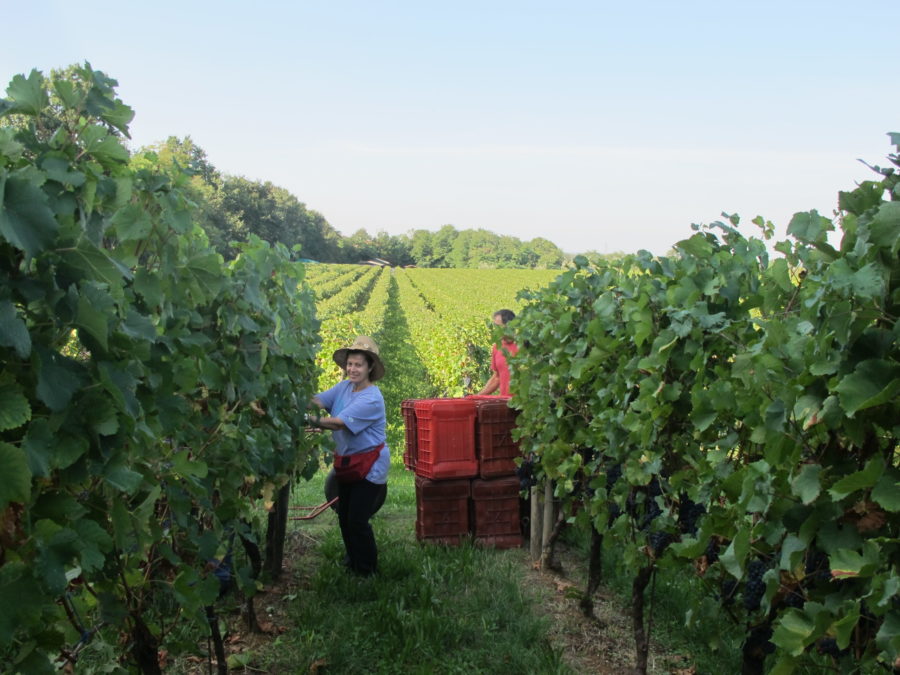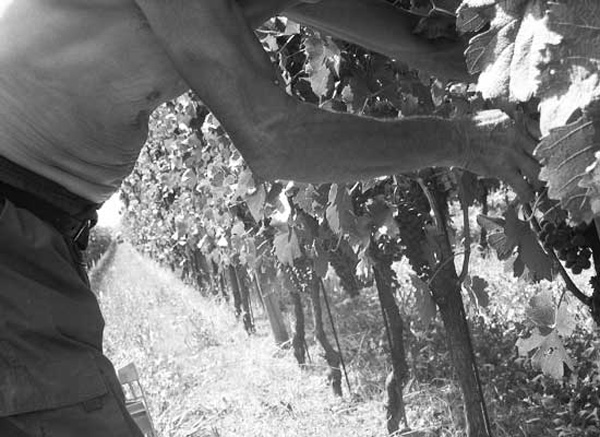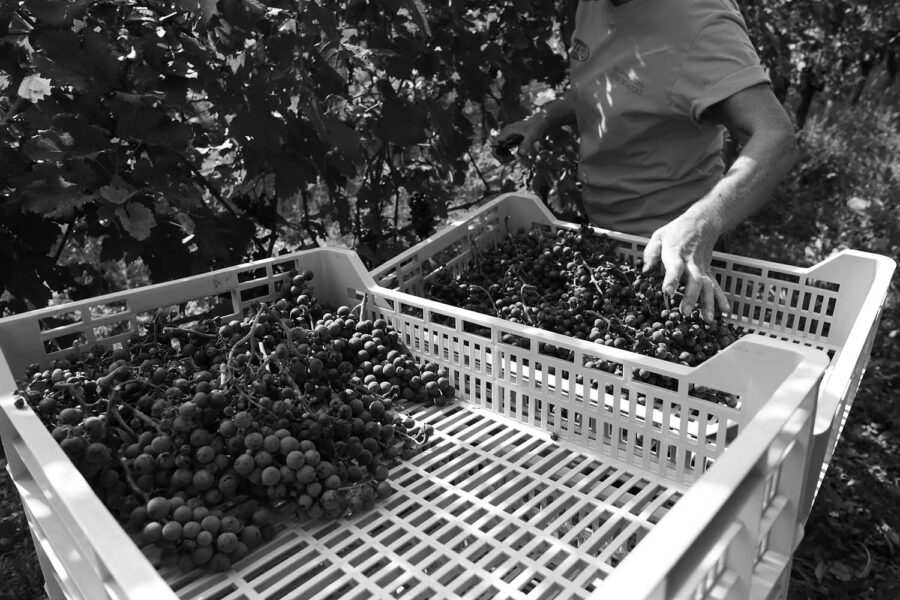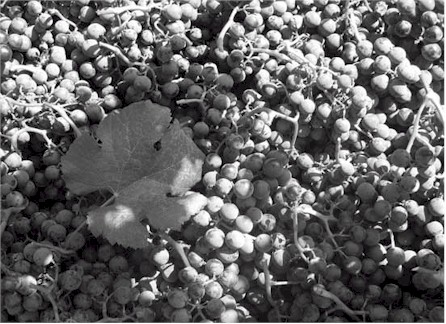

Summer 2017 – Waiting for the harvest
posted on 7 August 2017Well, we are almost there…
After a very challenging season that spared us absolutely nothing, in terms of strange weather, we are just about to harvest the earliest-ripening grapes.
Following a dry, but finally cold winter, an early, warm spring exploded on us in March, only to be abruptly interrupted on April 19 by a freeze that cost us about 30% of our crop…
The season then continued, but without much rainfall, but with periods on increasing heat, particularly from June on. These were fortunately punctuated by a few rainstorms, which somewhat alleviated the drought that largely characterised this growing season.
The Africa-like heat that has marked recent days is surely stressing a certain section of our vineyard, where the soils are lean and drier.
All of this definitely portends a harvest that will be a couple of weeks earlier than last year, and a lower crop.
So we will definitely need—as, on the other hand, we always do—to carefully calibrate our picking in order to be able to express this season in the most favourable manner possible, and to maintain the style that has always characterised Cantrina’s wines—sound, healthy fruit, cleanness, crispness, and vibrancy.
Right after the mid-August holidays, then, the dance will begin, starting as usual with Pinot Noir for Rosanoire, then the white grapes, then step by step, Merlot, Groppello, and Rebo…Finally, to those who have already vacationed and to those who have yet to do so, we wish a fine summer, and to us Good luck for the harvest that is awaiting us just around the corner.
Diego and Cristina




